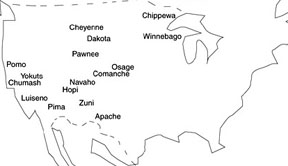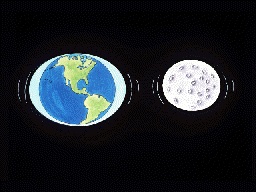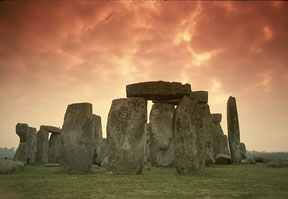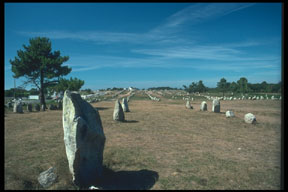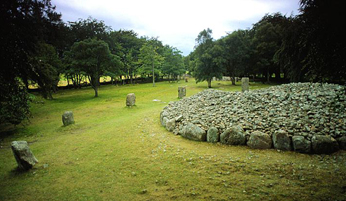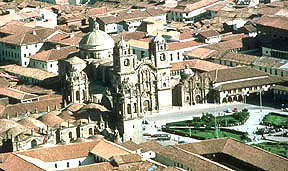Click on image for full size
Windows Original
Related links:
Native American Astronomy
People from Asia crossed the Bering Strait into North America. These people were first in this new land and so they are known as Native Americans.Over time, these people broke into tribes (as seen on the map). A lot of the tribes held similar thoughts about the sky and the heavens.
One thing that most of the tribes of North America held sacred was the four cardinal directions: north, east, south and west. Many tribes based their building architecture or city layout on these four cardinal directions.
Another common trend among Na tive American tribes was the fact that people weren't interested in time for the sake of time itself. There were no clocks or calendars. And so time was told by the ebb and flow of tides, by the ripening of the strawberries, by the Sun's position in the sky, by watching stars rise and fall, or by knowing when the bears wake from hibernation. Native Americans did track and name the lunar cycles (say from one ne w moon to the next). In fact, the first signs of skywatching among the Native Americans are rocks and bones that have scratches that corresponded with the lunar cycle. Lunar cycles were named after what was happening at the time. For instance, one tribe named one lunar cycle "laying geese" and another cycle "coming caribou".
These are just some common threads between the tribes of North America. Let's look at some specific tribes and regions to get a fuller picture. The Skidi Band of the Pawnee tribe are often seen as the most sophisticated starwat
chers. The stars for the Chumash of California
were gods who interacted
in the life of people on Earth. The Zuni of the Southwest were avid trackers of the movement of the Sun. And the area of Chaco Canyon is filled with evidence of sophisticated astro
nomical activity.


